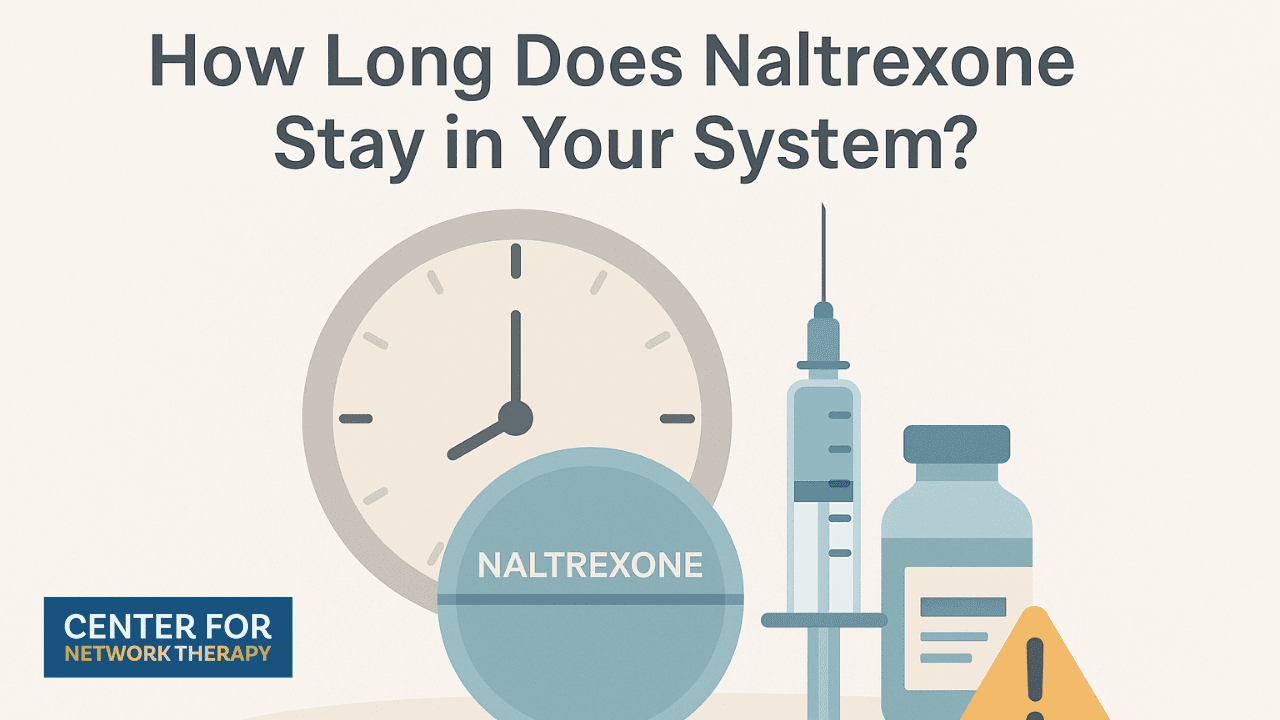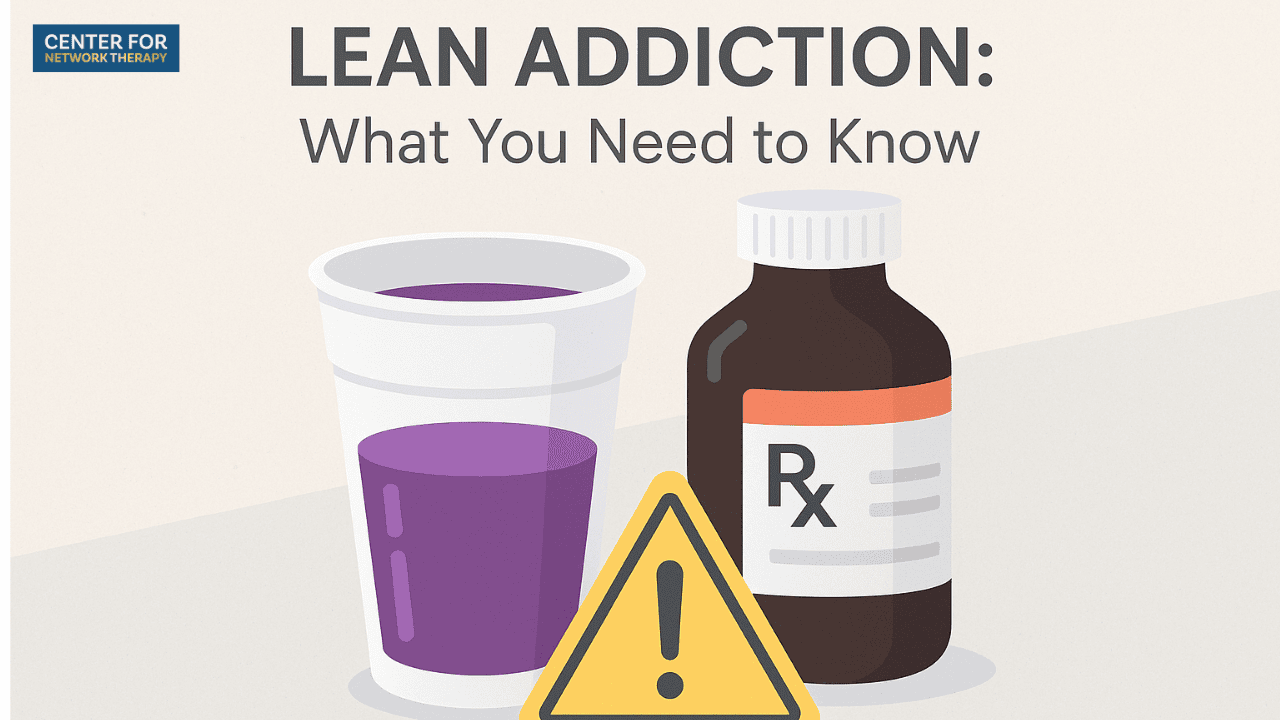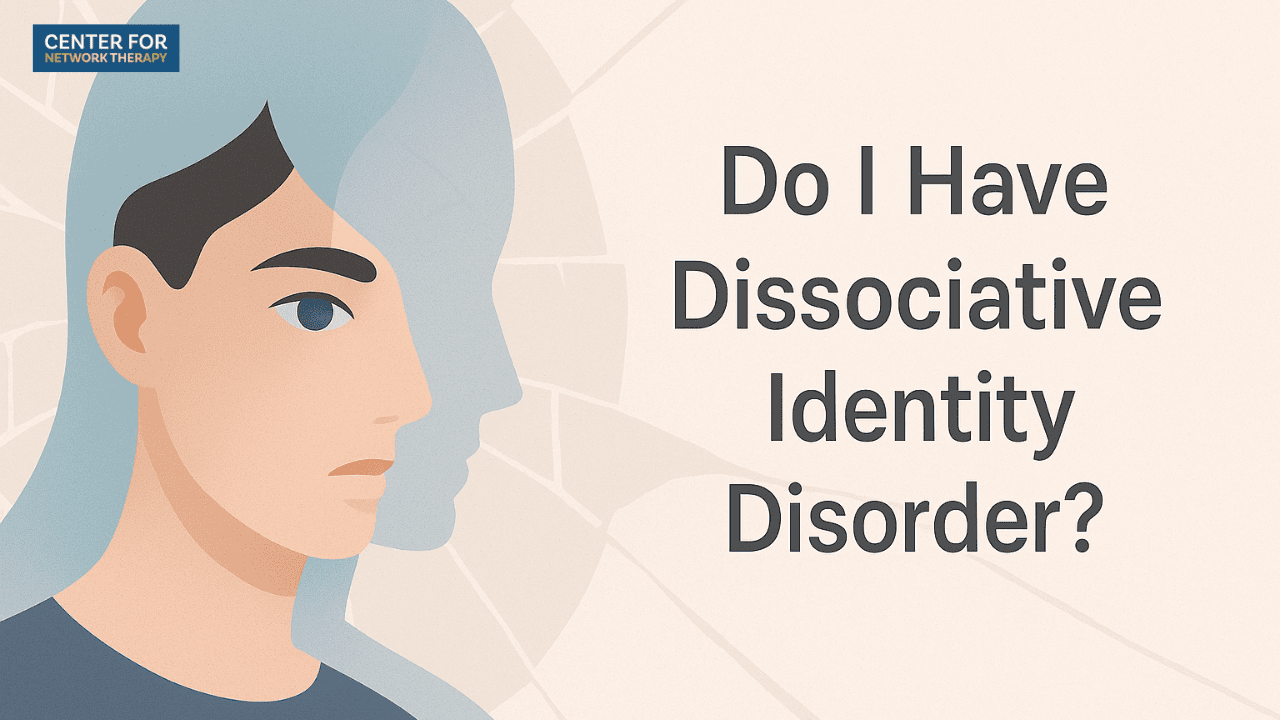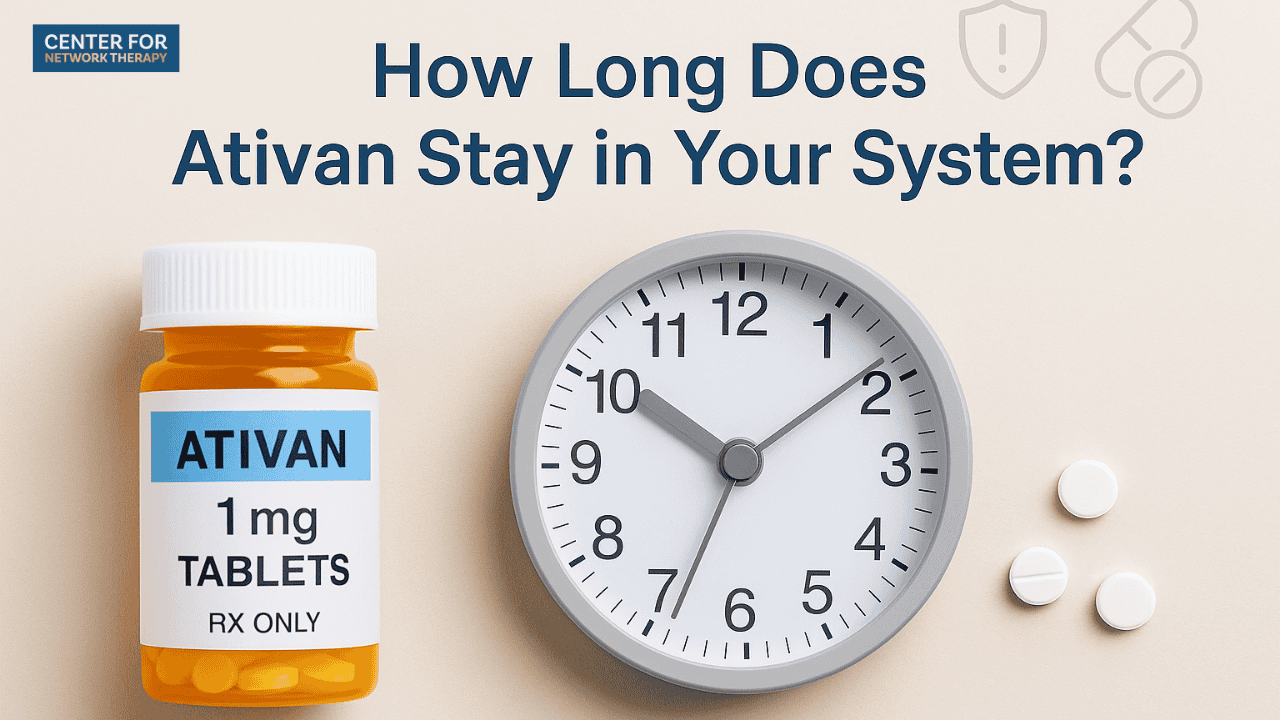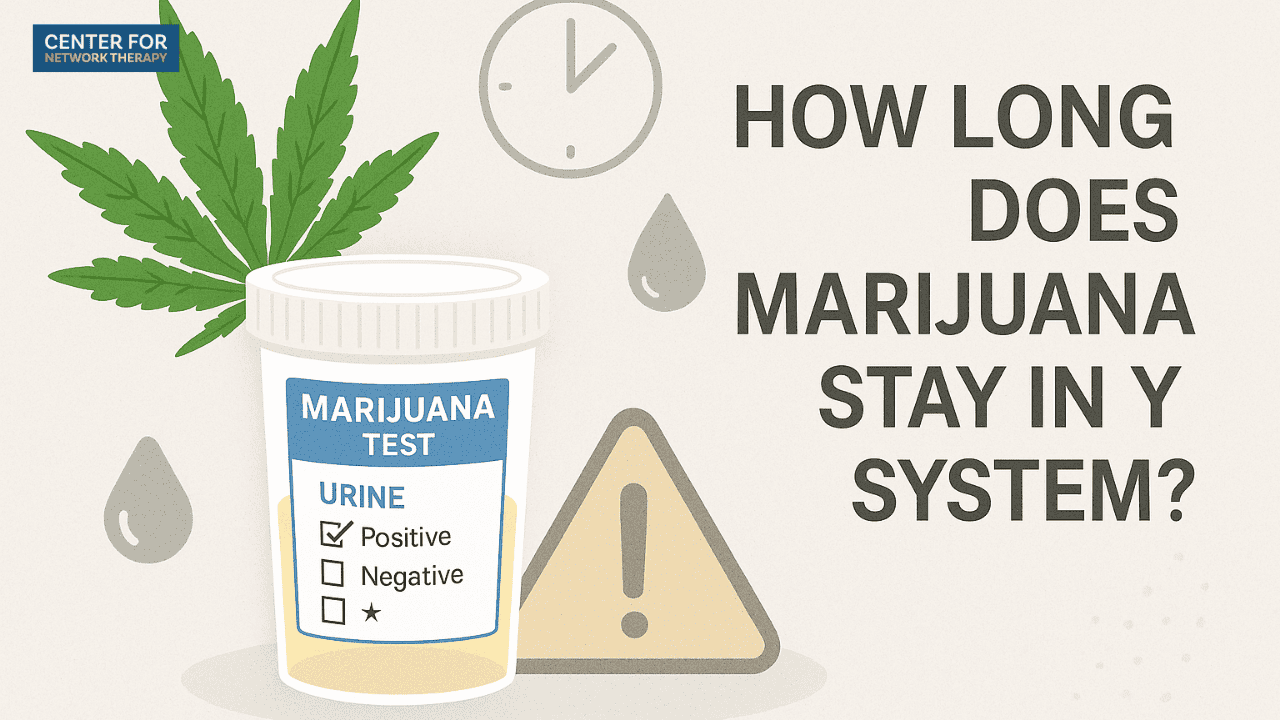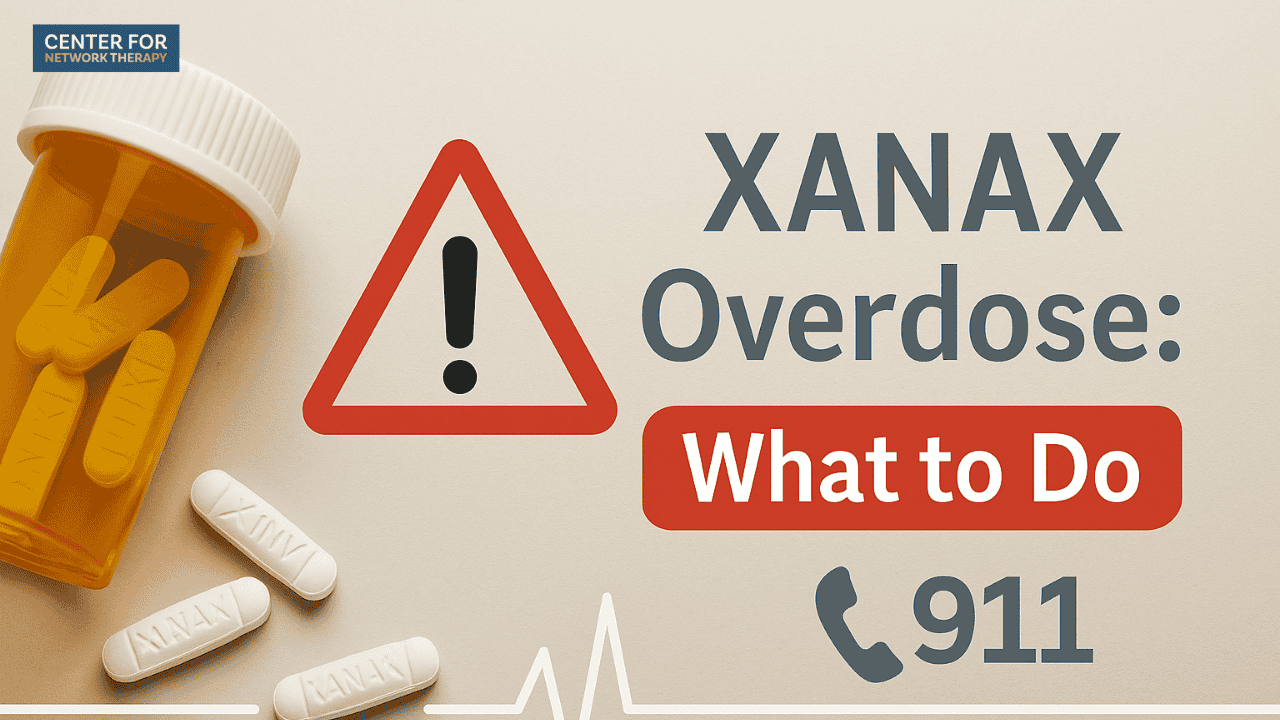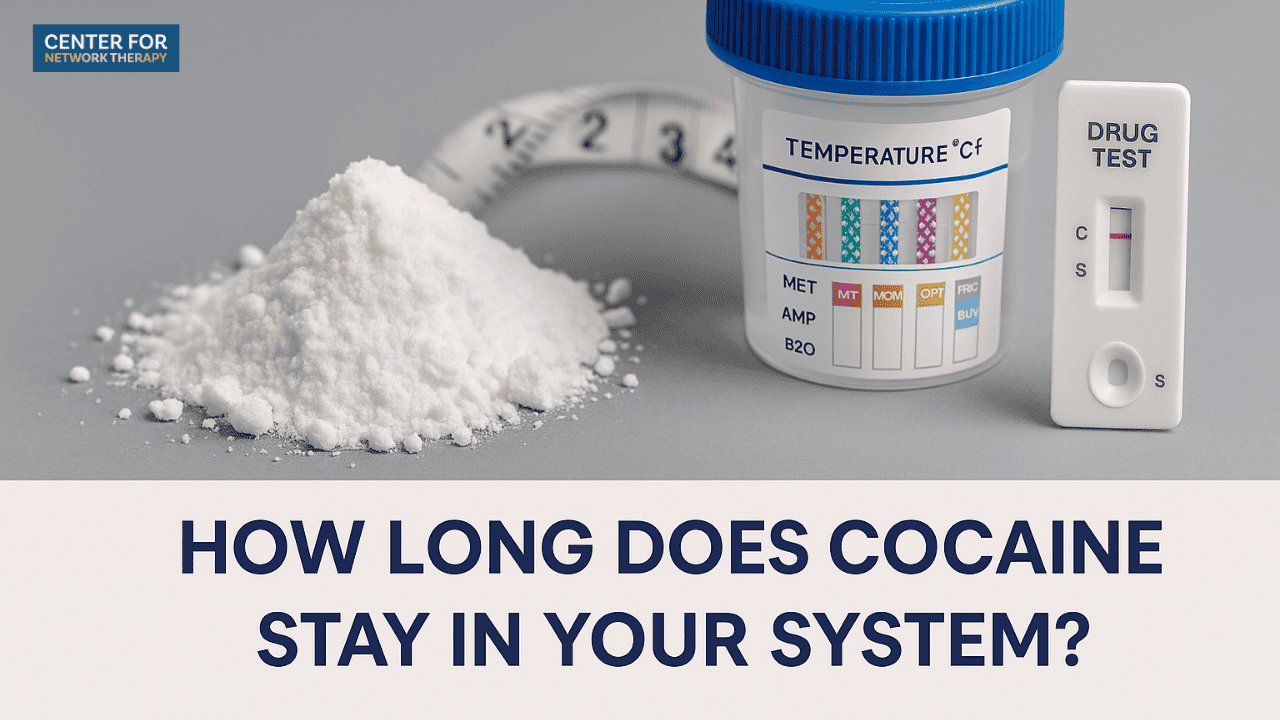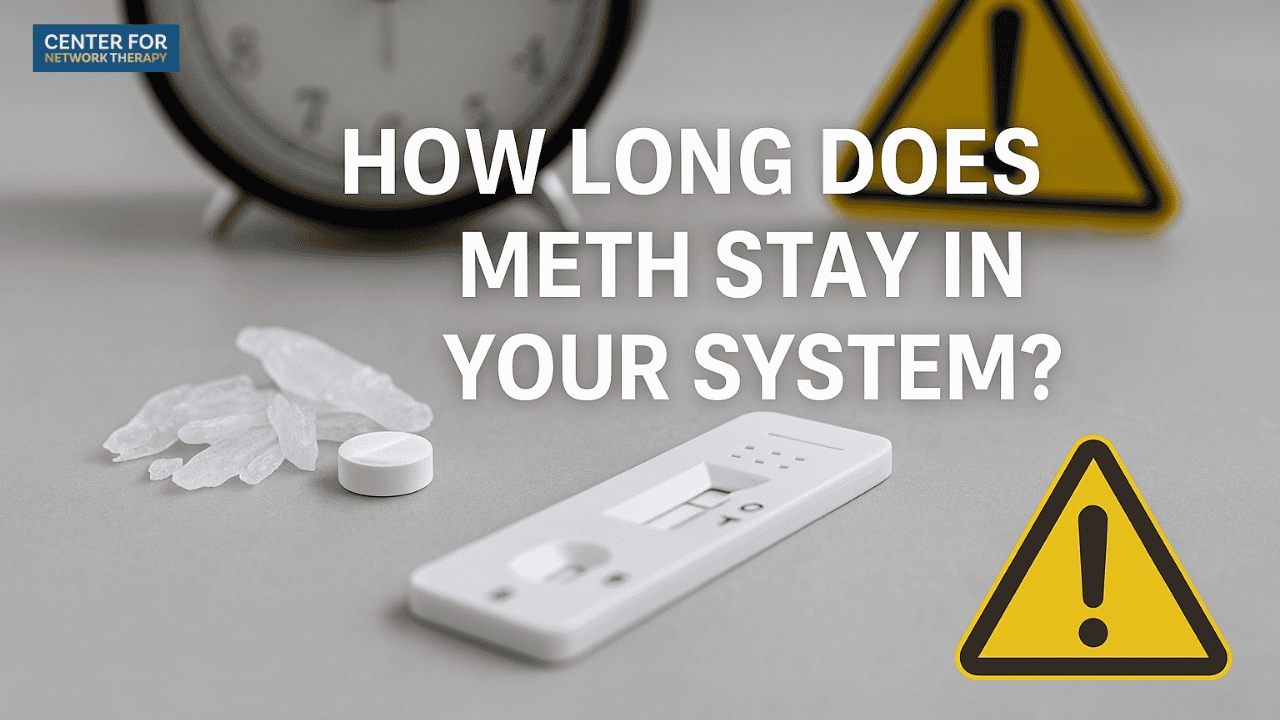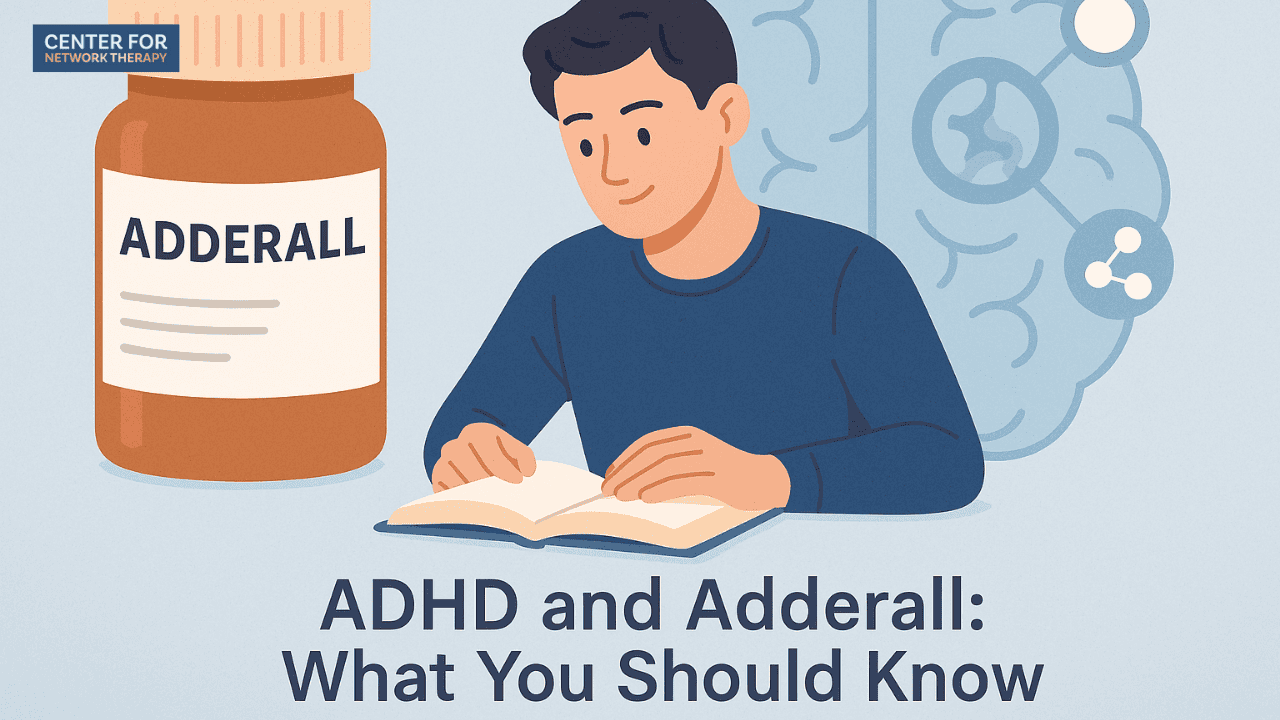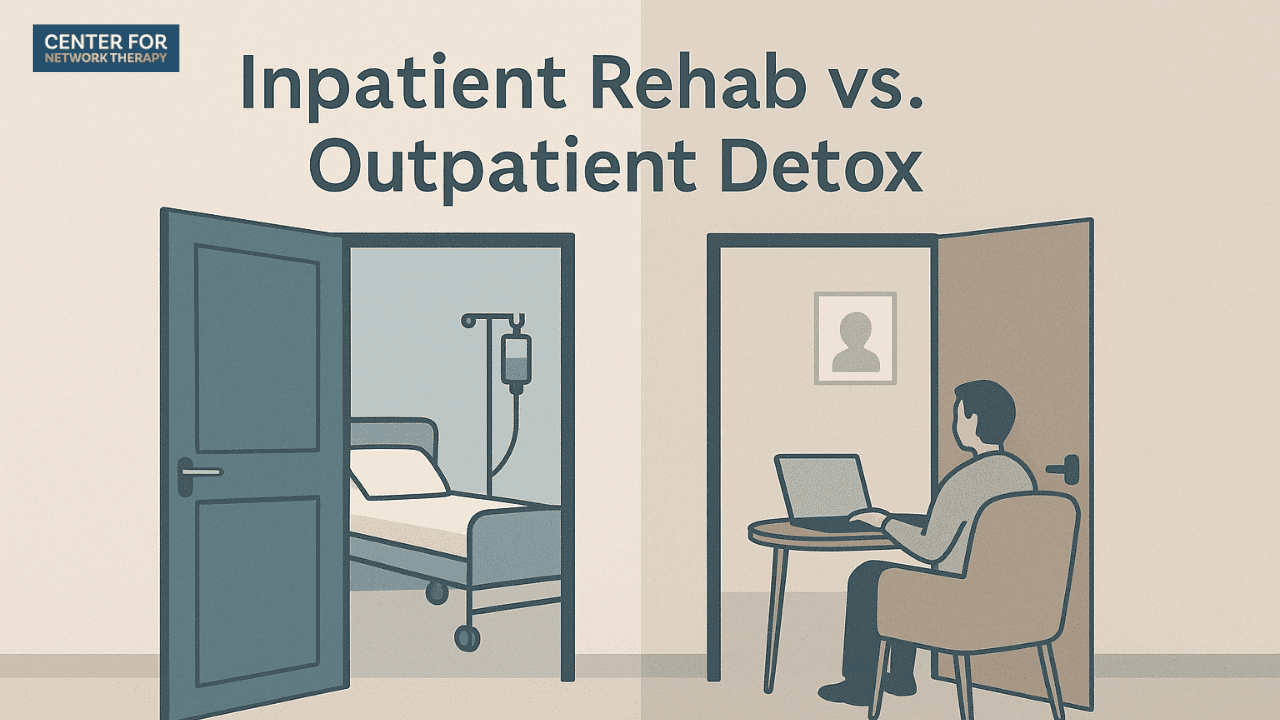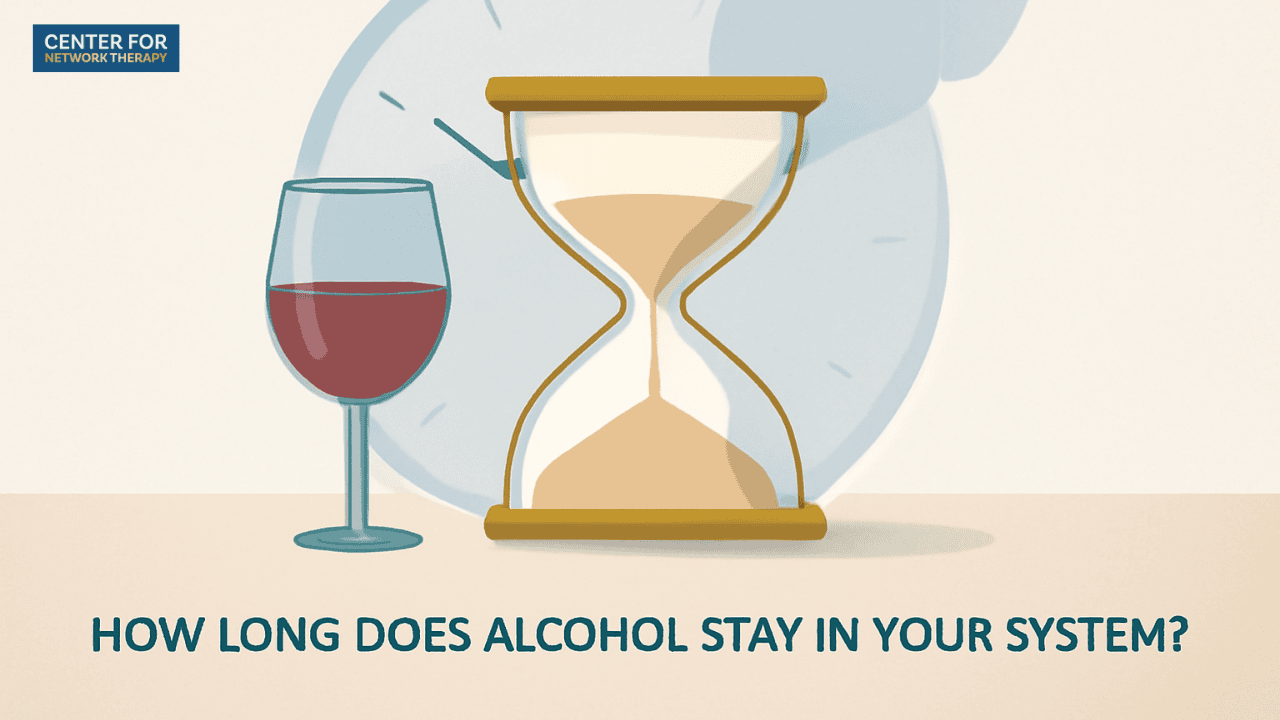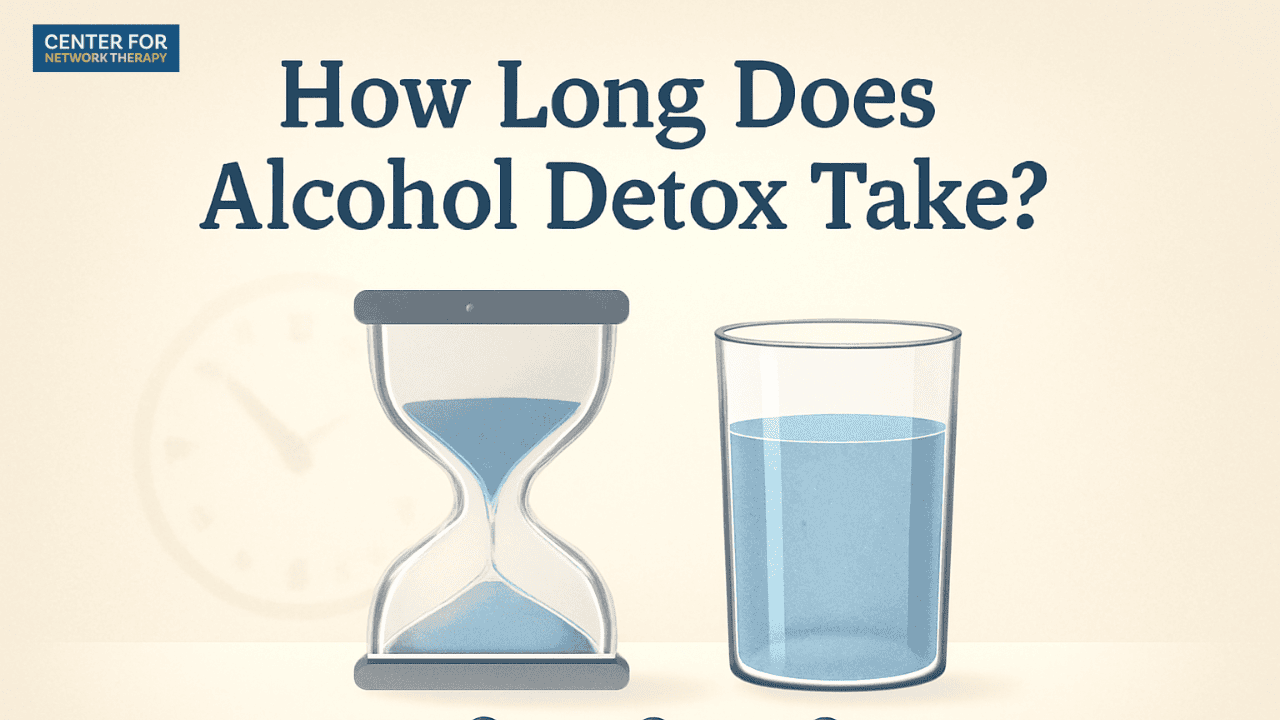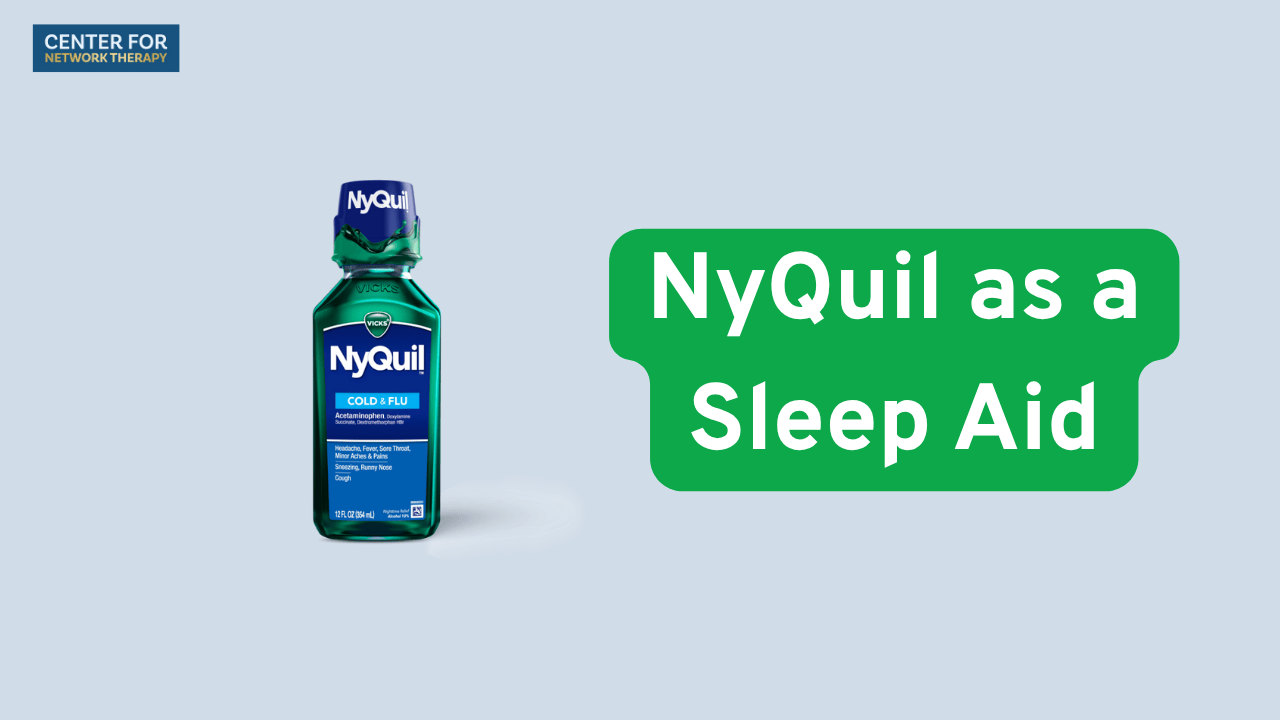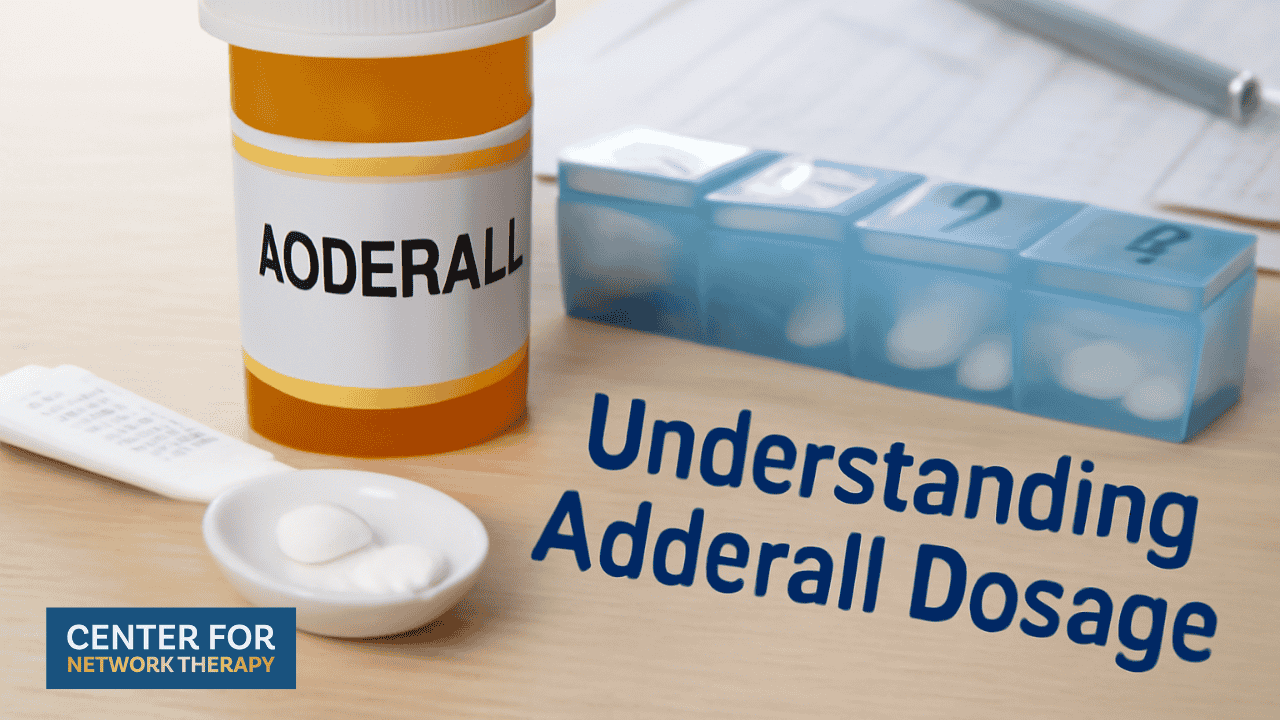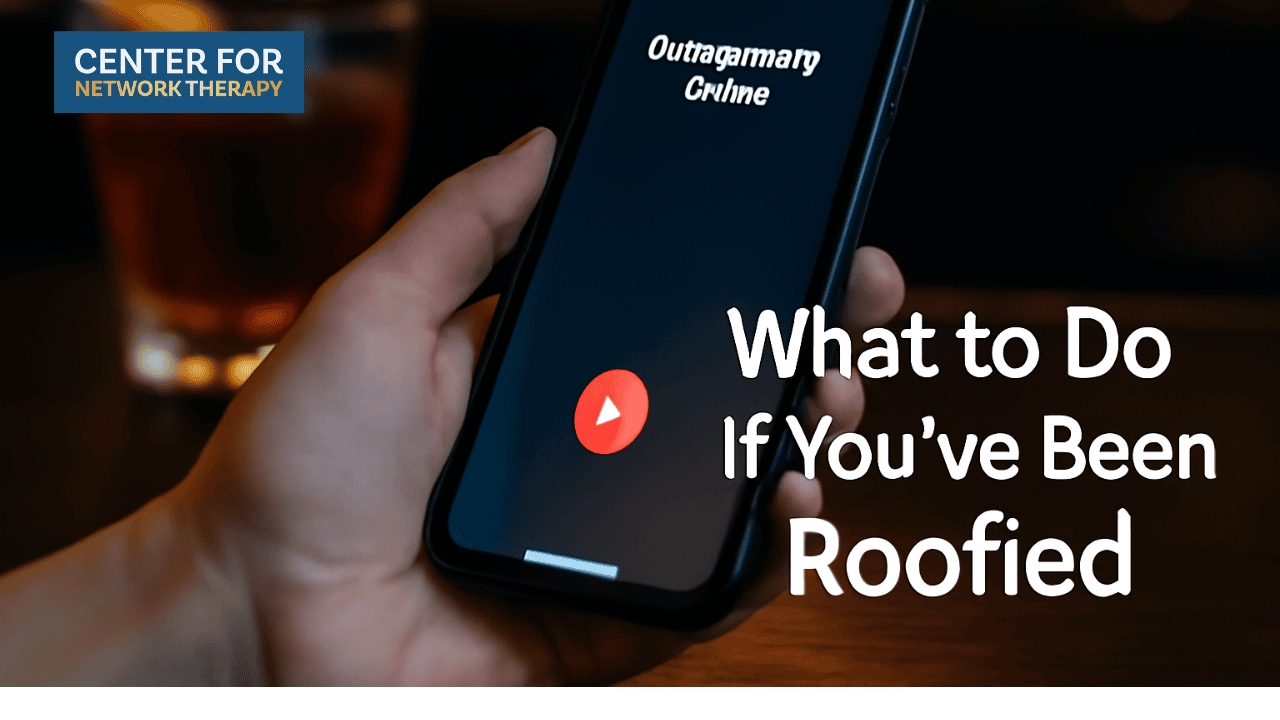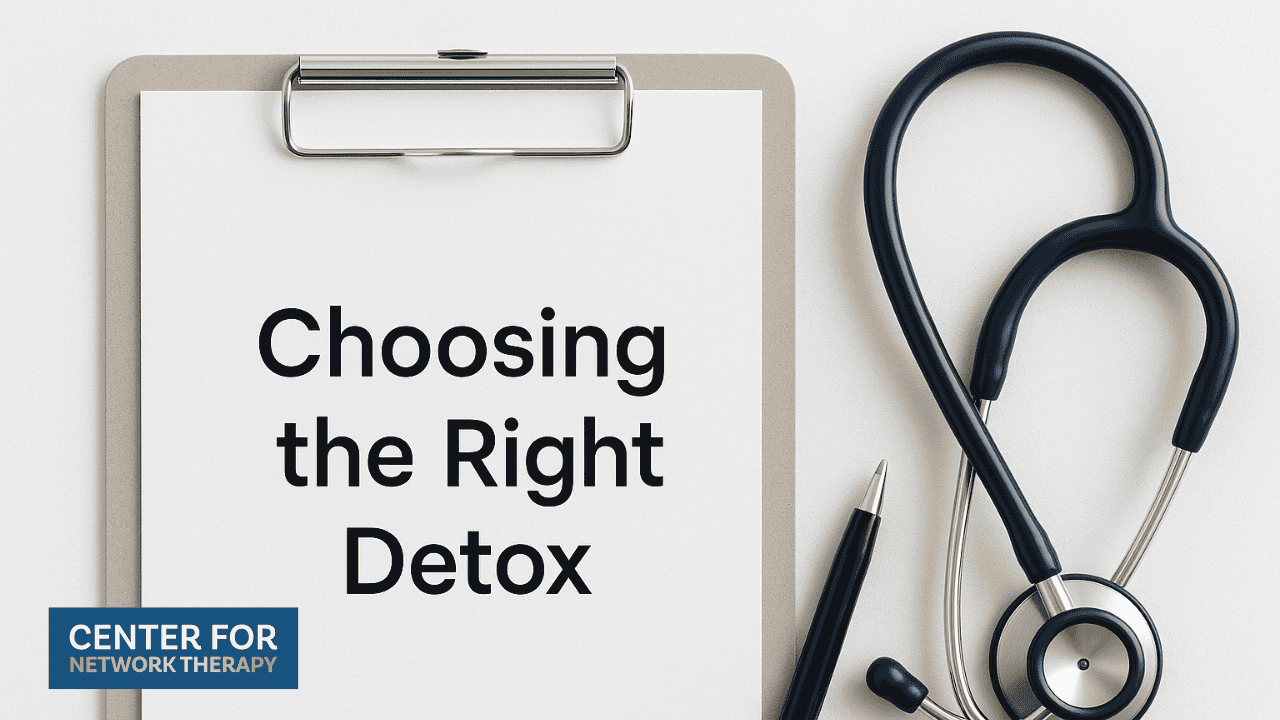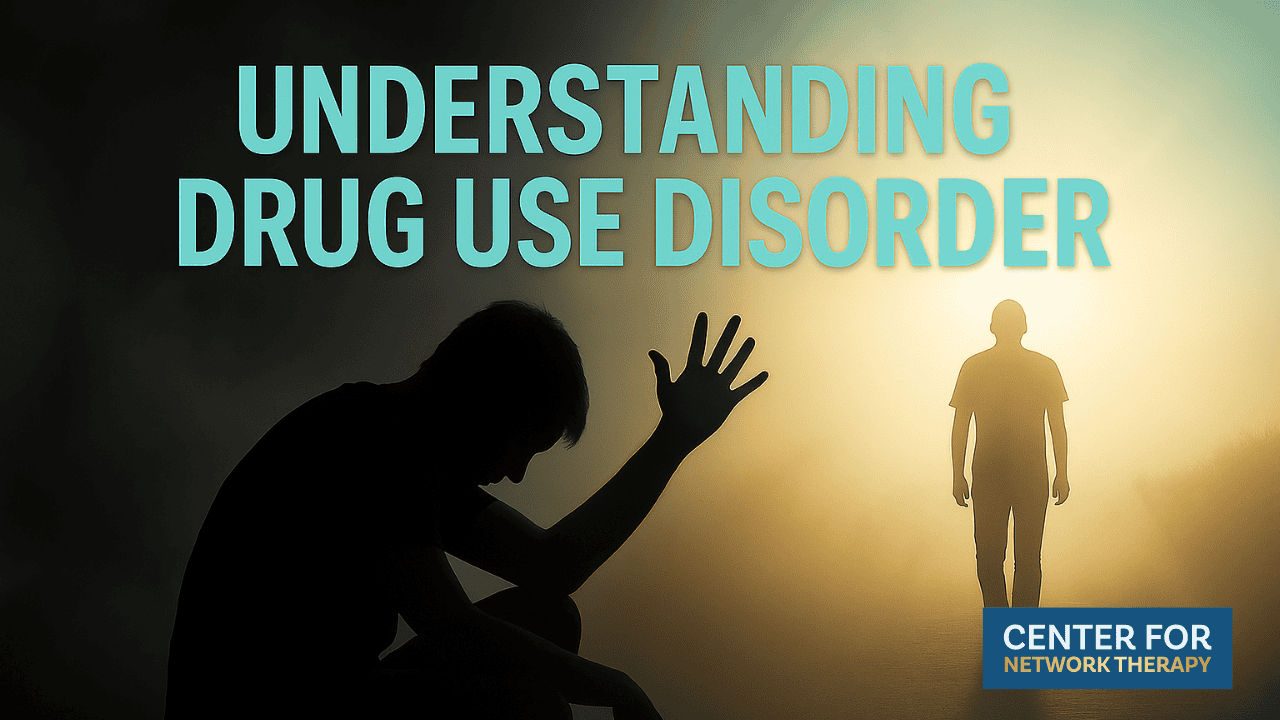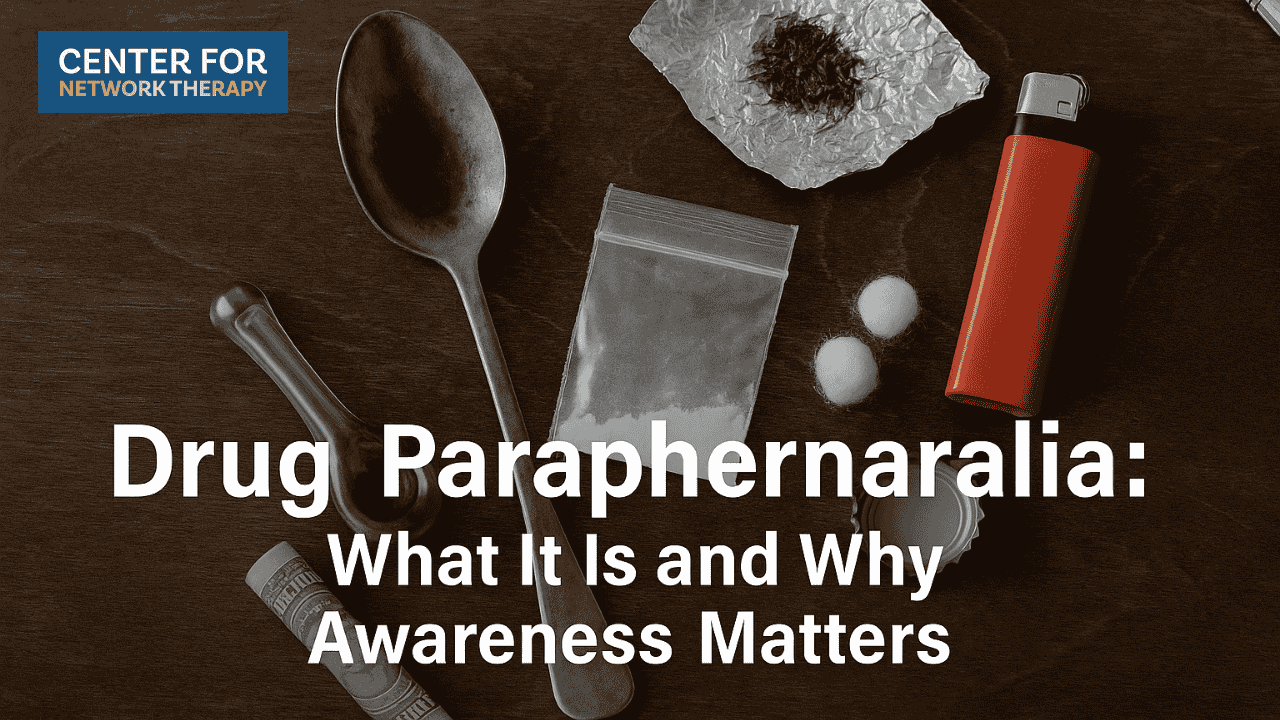Klonopin (clonazepam) and Valium (diazepam) are both part of a group of medications called benzodiazepines. They are commonly prescribed to manage anxiety, panic disorders, and in some cases, seizures or muscle spasms. Although they belong to the same family of drugs, Klonopin and Valium are not identical. Each works a little differently in the body and may be better suited to different needs.
If you’ve been prescribed one or are trying to understand how they compare, this guide breaks it down in simple terms.
Table of Contents
ToggleWhat Are Benzodiazepines Used For?
Benzodiazepines are central nervous system depressants. They help calm excessive nerve activity in the brain. Both Klonopin and Valium can:
- Reduce anxiety
- Help with panic attacks
- Promote sleep
- Relax muscles
- Prevent or manage seizures
They’re typically prescribed for short-term use because the body can develop tolerance and dependence over time. If you’re interested in how these medications relate to broader recovery needs, our benzodiazepine detox blog offers further insight.
Klonopin vs. Valium: Key Differences
Here are a few important ways they differ:
- Onset of Action
Valium tends to work more quickly. You might feel its calming effects within 15 to 30 minutes. Klonopin usually takes longer, closer to 1 hour. - Duration of Effects
Klonopin lasts longer in the body. Its effects can extend for up to 12 hours or more. Valium has a shorter duration but stays in the system longer due to how it is metabolized. - Common Uses
Klonopin is often used for panic disorders and certain types of seizures. Valium is more commonly prescribed for short-term anxiety, muscle spasms, and alcohol withdrawal. - Risk of Dependence
Both drugs can be habit-forming, especially with regular use. That’s why they’re often used in limited treatment windows.
Choosing Between Klonopin and Valium
There’s no universal “better” option. The right choice depends on individual needs, health history, how quickly you need relief, and how long you’ll need it.
If you’ve been prescribed either medication and feel unsure about its effects, it’s always okay to ask your provider to walk you through alternatives or long-term considerations.
For people who have used these medications regularly for a long time, stopping suddenly can lead to withdrawal. Our guide to benzo detox explains what a safe tapering process might involve.
Can You Switch From One to the Other?
Sometimes. Under medical supervision, doctors can help transition from one benzodiazepine to another based on the situation. This might happen if a person is experiencing side effects or needs a longer-acting option during tapering.
Self-switching is not recommended. These medications act differently in the body and must be carefully dosed to avoid withdrawal or oversedation.
If You’re Exploring Detox or Alternatives
You don’t need to be in crisis to explore your relationship with medication. Whether you’re noticing increased reliance or just have questions, compassionate support makes a difference.
CNT’s outpatient detox program offers care for individuals stepping off benzodiazepines, with the flexibility to continue life’s responsibilities. You can learn more about that process in our overview of outpatient detox.
Final Thoughts
Both Klonopin and Valium can play a role in care, especially when used under close guidance. If you’re curious about the next steps or exploring a shift in treatment, talking to a provider you trust is a strong place to start.
And if you’d like to speak with someone about detox, treatment, or questions about benzo use, we’re here to help.
Visit our Contact Page or explore more topics in our Blog Center.
Sources:
- National Institute on Drug Abuse (NIDA): Prescription CNS Depressants
- Mayo Clinic: Klonopin and Valium
- SAMHSA: Tapering and Safe Use of Benzodiazepines
Disclaimer: This blog is meant to offer guidance and education, not medical advice. If you’re feeling uncertain about your relationship with substances, you don’t have to figure it out alone. A healthcare provider can help; or if you’re not ready to talk, our anonymous self-check quiz is a gentle place to begin.




